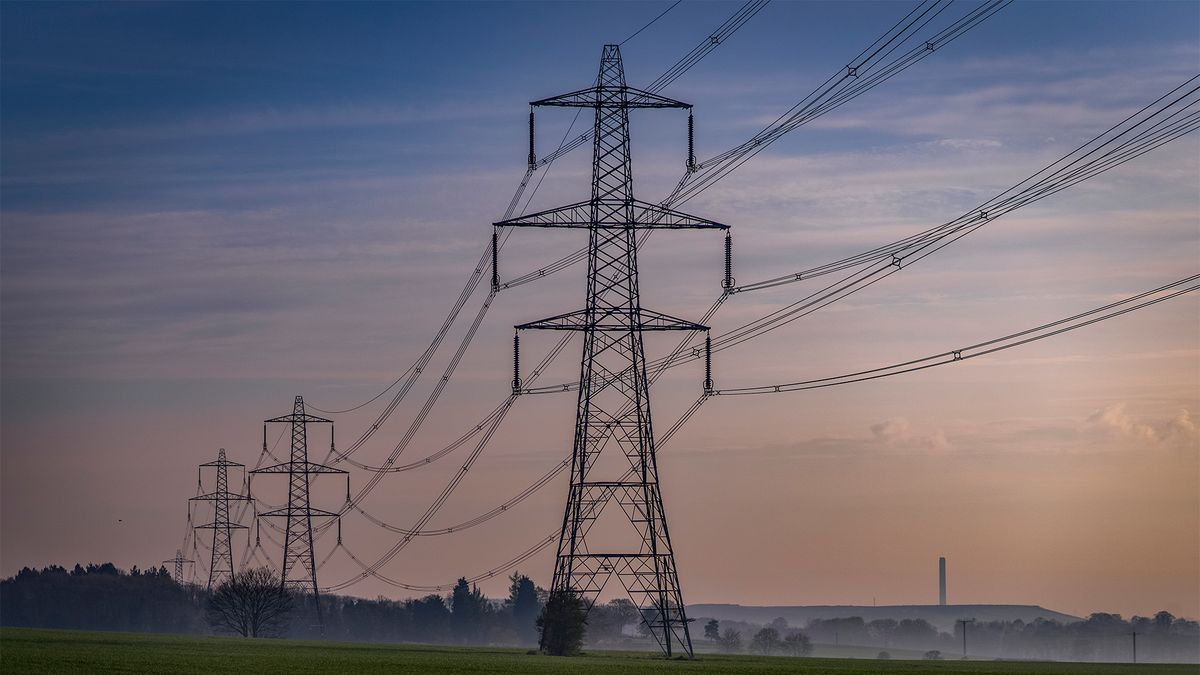Data center energy demands in Europe are set to triple by the end of the decade, and that means countries will need to boost investment in sustainable power sources and upgrade grid infrastructure.
That’s according to a report from consultancy McKinsey, which said the rise of AI is driving this demand, with the power needed to fuel European data centers set to grow from 62 terawatt-hours (TWh) today to more than 150 TWh by the end of the decade and from 10 gigawatts today to 35GW by 2030.
This pan-European surge is echoed by research suggesting US data center power consumption will double over the same timeframe.
The rise of AI has led to higher demands for data centers and energy to power them, with one report suggesting the spike in energy use from generative AI alone will produce 2.5 billion tons of carbon through 2030.
A host of major tech companies have also reported skyrocketing energy consumption this year, including Google, which recently admitted its emissions leapt by almost half over the last five years, led by booming demand for AI.
That AI-driven leap will see data center power consumption growing from two percent of Europe’s total energy demand to 5% in the next six years, McKinsey reported. To meet that demand, as much as $300 billion will need to be invested into data center infrastructure — and that doesn’t include power generation.
But developing sufficient power to meet that AI-fueled demand may not be simple, McKinsey noted. While data center providers are keen to use largely green energy, there are hurdles around reliability of power sources, land availability, insufficient infrastructure to access power, and a lack of equipment and skilled tradespeople.
“In large, established markets such as Dublin and Frankfurt, the time required to supply power to new data centers can exceed three to five years, with lead times for electrical equipment alone often surpassing three years,” McKinsey noted in a post.
No easy solution to meeting data center power demands
Cracking this problem could help Europe meet looming demand for AI, while also helping to meet demand for electricity amid the rise in electric vehicles, domestic heat pumps, and manufacturing shifts to more sustainable sources of energy.
That said, McKinsey predicts data centers alone will make up as much as a quarter of new energy demand by 2030.
A key factor in this surging demand is the hardware underpinning AI development globally, which requires top-end GPUs that are typically power hungry. That’s led to calls for more data centers, in particular those designed with the right hardware optimized for AI training and workloads.
McKinsey predicts that hyperscalers will drive growth in data centers, making up 65% of data center demand by 2028, with much of the rest made up by enterprises.
Driving green energy — and new grid designs
Data center providers tend to require green energy sources, which in turn enables companies such as Meta and Google to attempt to meet net zero goals.
“In the last two decades, no technology has driven the need for accelerated power infrastructure development in Europe more than AI, and particularly generative AI,” McKinsey said. “What’s more, this demand is mostly for clean energy.”
But it’s not as simple as building a data center in countries with a carbon-free electricity supply — such as the Nordics — as it depends on the stage of AI. During development, location matters less than when AI is being used and latency comes into play.
“Currently, many new data centers are designed for AI training, which has less stringent latency requirements than traditional data center activity,” McKinsey said.
“Over time, some of these may shift to AI inferencing, which demands much higher speeds than AI training or traditional use; those in remote locations with poor latency may not be suitable for this.”
On-site power is an appealing option
Another concern is grids, which in some regions are reaching capacity limits and have slow lead times for new connections, with equipment constraints delaying such work by up to two years.
Earlier this year, the CEO of the UK’s National Grid warned that rising power demands will continue placing significant pressure on grid capacity across the country.
Speaking at the Aurora Spring Forum in Oxford, John Pettigrew said the energy operator predicts a six-fold spike in demand from commercial data centers in the next decade alone.
Because of this, data centers may need to invest in their own energy sources on site beyond renewables like solar panels, including hydrogen fuel cells, natural gas and even small modular nuclear reactors.
Google recently announced a partnership with Kairos Power for the latter while Oracle CTO Larry Ellison revealed the cloud computing giant is exploring the possibility of developing its own small modular reactors (SMRs) to power data centers directly.
While countries may balk at investing billions of euros into upgrading power systems just for generative AI, McKinsey noted that such efforts will help build a “more resilient and sustainable energy future” alongside letting Europe ride the wave of AI.
Source link
